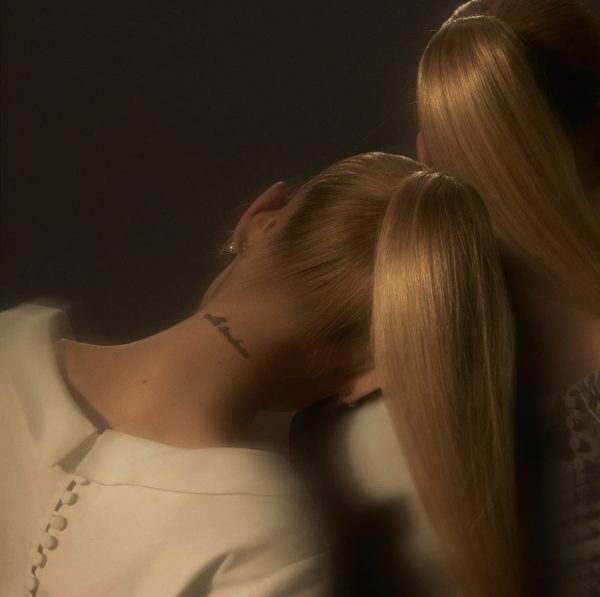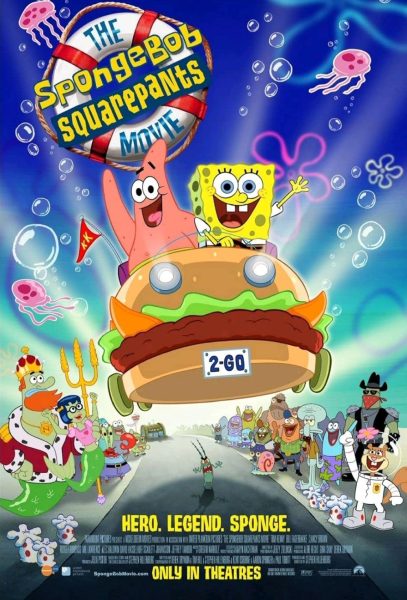‘Death Note’ falls short of potential

Death Note, a notorious world-famous manga, follows the story of an intelligent high school student named Light who obtains a mysterious notebook possessing the ability to kill any person as long as he knows their name and face.
Developing a God complex and secretly killing criminals under the alias “Kira,” Light soon finds himself cornered when a peculiar detective who goes by the identity of “L” joins the local police force to sniff out who the person behind Kira may be.
While playing a dangerous game of cat-and-mouse, Light and L undergo fascinating psychological trials in order to discover the other’s true identity and to find out which genius will take the crown. Netflix’s attempt at adapting the story of Death Note fell short of its potential, unfortunately.
The movie was just released this past weekend on Aug. 25, but to be honest, there never was much hope for the American movie adaptation since the first trailer was released. The main problem was the change in characters and character dynamics.
It is understandable that there had to be changes in the plot, for there is no way twelve volumes of the manga can be squeezed into a 100-minute film. However, what made the film fail to reach great possibilities was the change in characterizations and lack of the story’s admirable mind-games.
The psychological thriller that entranced fans across the globe was simply transcribed into a series of action sequences and pretty special effects.
The most disappointing factor was the change in characterization. Instead of a psychotic genius, Light was portrayed as a sensitive student with anger issues, while the character Mia took on the psychotic role originally supposed to be Light’s. It seemed as though the roles of the two characters were switched, for Light was supposed to be the one who used Mia, not the other way around.
While female empowerment is always appreciated and invigorating, Death Note is Light’s story, not Mia’s.
Possibly the only characterization that came close to the original was L, who was played brilliantly by the actor Keith Stanfield. The actor portrayed the character’s quirkiness with great enthusiasm and creativity, which was the best part of the film. Although there were strange moments in which L acted out of character, Stanfield’s portrayal of the detective was the silver lining in this disappointment of what could have been a great adaption.
 (2 / 5)
(2 / 5)










